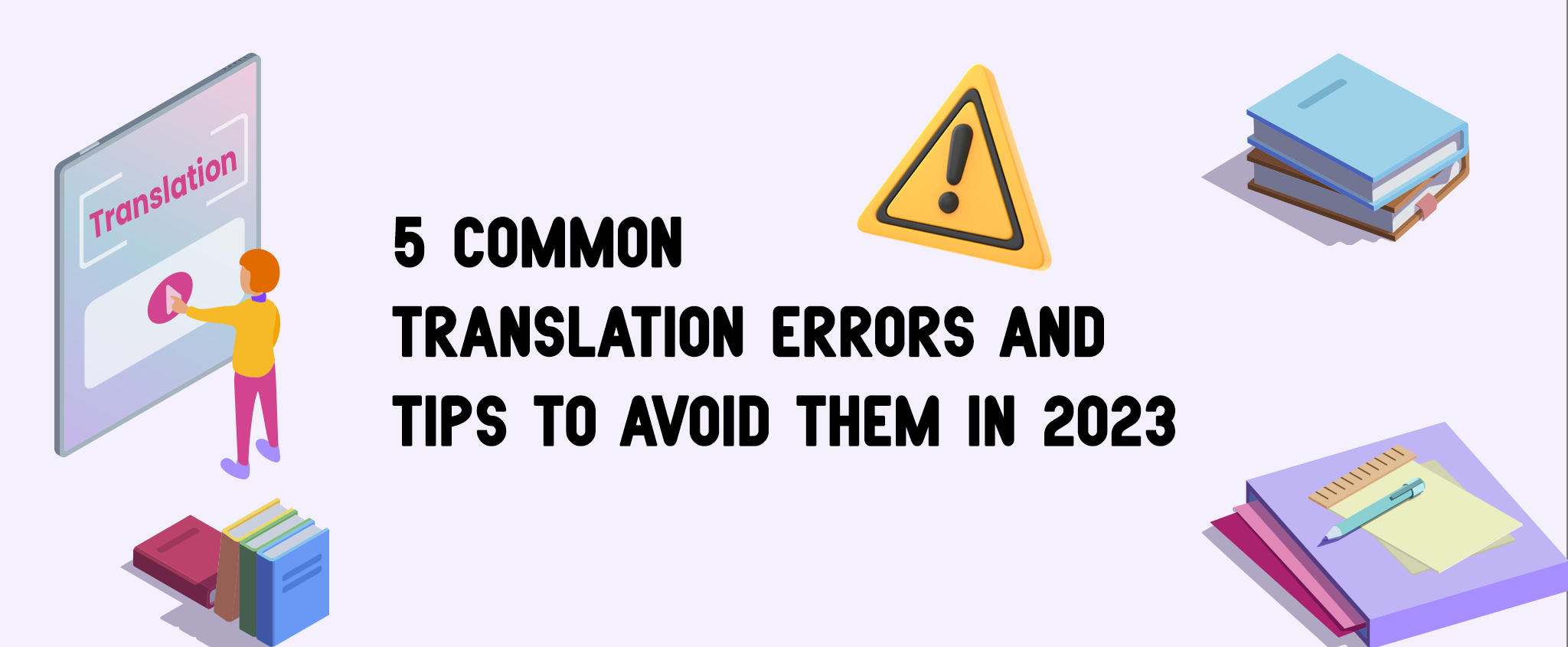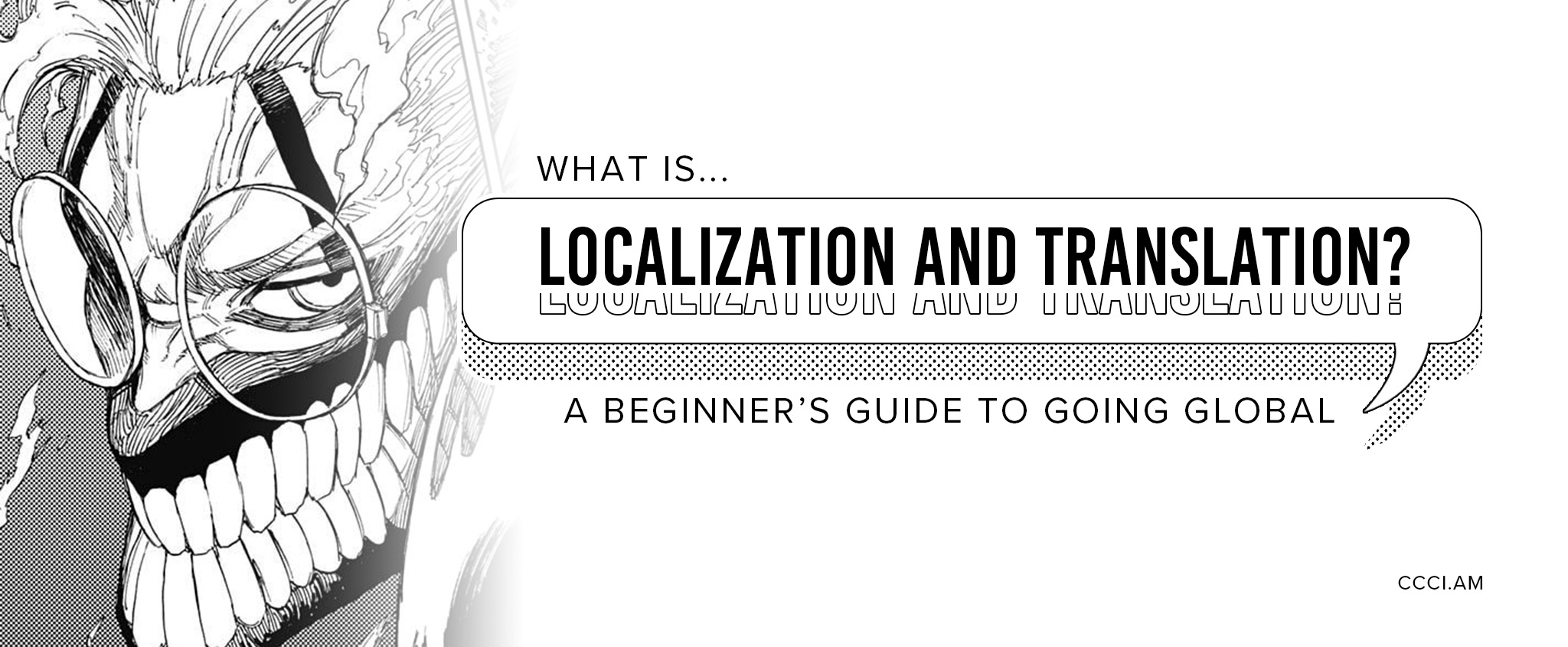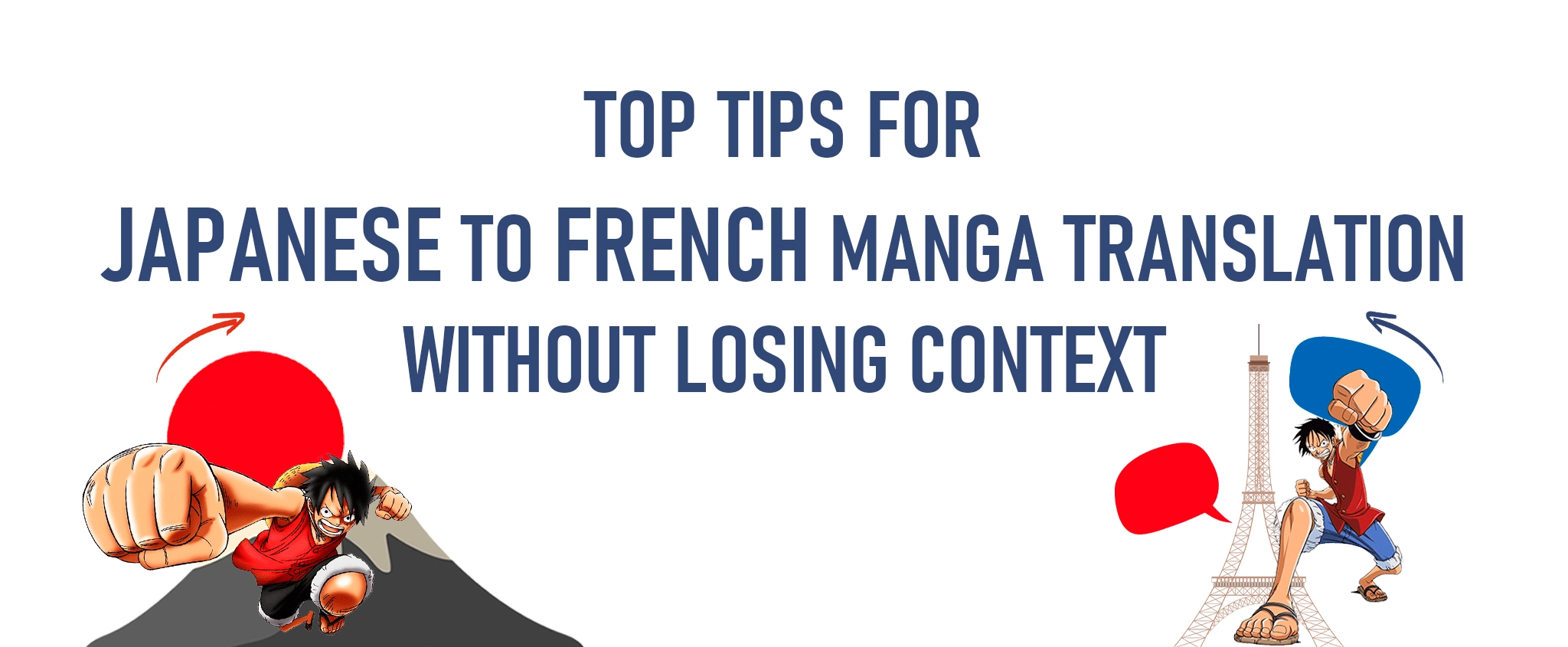5 Common Translation Errors and Tips to Avoid Them in 2023
In today’s globalized world, translation and interpretation services are more important than ever. As the demand for translation services increases, so does the potential for mistakes. Common translation errors can lead to a variety of costly and embarrassing results, and understanding the most common causes of errors and how to avoid them is key to successful language translation.
Key takeaways:
- Even the smallest mistakes in translation can lead to costly repercussions.
- Pay attention to cultural nuances: Translating words and phrases without taking into account the cultural context can lead to confusion or offense.
- Learning more about the target language and its nuances can help you avoid common translation errors and ensure accuracy in your translations.
- Trust professional translation services to avoid common translation errors and ensure your documents are as close to perfect as possible.
Table of contents:
- Different types of mistakes in translation
- How to avoid common translation errors in 2023
- CCCI – Professional and Accurate Translation and Localization Services
Different types of common mistakes in translation
When it comes to translating, accuracy is the key. Even the smallest mistake can lead to a misunderstanding or misinterpretation, which can have serious consequences. From typos to incorrect grammar, there are a variety of common translation errors that can be avoided with proper knowledge and attention to detail.
Common mistakes in translation can be categorized into 5 groups: literal translation, cultural misinterpretation, grammar and syntax, lack of localization, and machine translation errors.
Literal translation
Literal translation occurs when a translator tries to find a direct translation of a word or phrase. It can lead to a misinterpretation of the original meaning. For instance, “Una Cosa” in Spanish can indicate either “one thing” or “something,” although “one thing” in English has a far more clear meaning than “something.”
Cultural misinterpretation
Incorrectly interpreting the culture of a language can lead to common mistakes in translation. When translating from one language to another, it is essential to consider the cultural context of the language. For instance, the term “right” may have a different meaning in the United States than it does in Australia, which may be confusing if the translator is not aware of the cultural background of the language. Cultural misunderstandings can lead to misinterpretations if the translator is not familiar with the language’s cultural context, which can dramatically alter the meaning of the translated words. Therefore, it is essential to understand the culture and nuances of the language, to successfully and accurately translate from one language to another.
Grammar and syntax
Wrong grammar and syntax can create issues in translation, as the two can differ a great deal from language to language. It is, therefore, essential for translators to be familiar with the nuances of each translated language. For instance, a sentence written in the passive voice in English may need to be translated into the active voice in French.
Note: Use translation tools carefully: While they can be helpful, they should not be relied upon exclusively as they may produce incorrect translations.
Lack of localization
Localization is an essential part of any translation project. When a translator doesn’t consider localization, the content may become hard to understand and interpret correctly. Furthermore, it can be seen as disrespectful to the target audience if the translation is not localized. Without localization, it’s hard to convey the same message or tone as the original text. Additionally, without localization, the translation may not comply with local regulations and laws, leading to potential legal repercussions.
Machine translation errors
Machine translation errors can occur when you use automated translation programs, such as Google Translate, to translate text from one language to another. These errors can range from minor typos and grammar issues to entire sentences that are completely off in their meaning.
Many factors can cause machine translation errors: the complexity of the source language, the lack of context available to the machine translation program, and incorrect syntactical analysis of the source sentence. As machine translation technology continues to improve, these errors will become less and less common. But it’s still important to keep in mind that automated translation programs may not be 100% reliable.
How to avoid common translation errors in 2023
Research the target language
Investigating the language of your target audience can be a great way to gain insight into the nuances of the culture, including local idioms and expressions. Doing research can help you to make sure that your translations are accurate, respectful, and appropriate. A thorough understanding of the language and its associated culture can help you to communicate more effectively and to avoid any potential misunderstandings or awkwardness.
Follow the style guide
Companies should have a style guide to ensure that all translations are consistent and accurate. Following a style guide will help to provide clarity when it comes to producing translations, reducing the chances of making mistakes. As a result, companies can be confident that their translations are accurate and professional.
Leverage translation memory software
Translation memory software stores previously translated words and phrases to help ensure accuracy and consistency and can help speed up the process and reduce the risk of errors.
Pro Tip: Hire a professional translator. They are experts in the language and culture of your target audience and can help ensure accuracy in your translations.
Double-check the translation
Having an extra pair of eyes to examine the translation can be very beneficial. It can prevent any errors or mistakes that may have gone unnoticed. Therefore, a second opinion is highly recommended when it comes to translating complex and technical texts.
Use professional translation services
Using professional translators is an ideal way to save time and money while ensuring accuracy when translating documents. Experienced translators possess an in-depth knowledge of their language, so they can help you craft a precise translation that captures the original message. Moreover, by working with a professional, you can avoid common translation mistakes and ensure your documents are as close to perfect as possible.
CCCI – Professional and Accurate Translation and Localization Services
CCCI is a professional translation and localization company specializing in providing accurate services to customers around the world. With more than 10 years of experience in the localization industry, we have built up a wide range of skills that cover the entire spectrum of language services. From translating documents, and web content, to localizing multimedia content, CCCI ensures that your message is communicated accurately in the target language.
We understand the importance of accuracy and speed in translation and localization. Our team of experienced translators and localization experts is dedicated to providing you with the highest quality of services at affordable prices.
At CCCI, we also understand the value of customer service. We are always available to answer any questions you may have and provide assistance throughout the entire process. We strive to provide the best customer satisfaction in the industry and are committed to helping you reach your communication goals. Contact us now!






